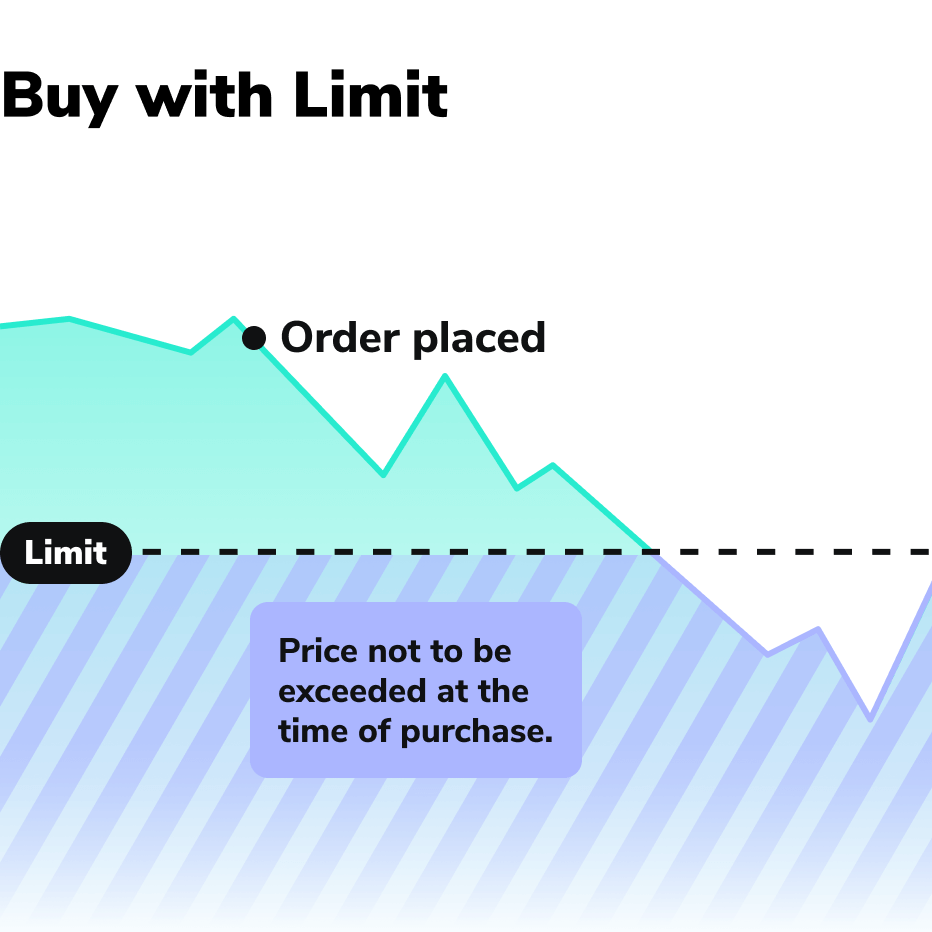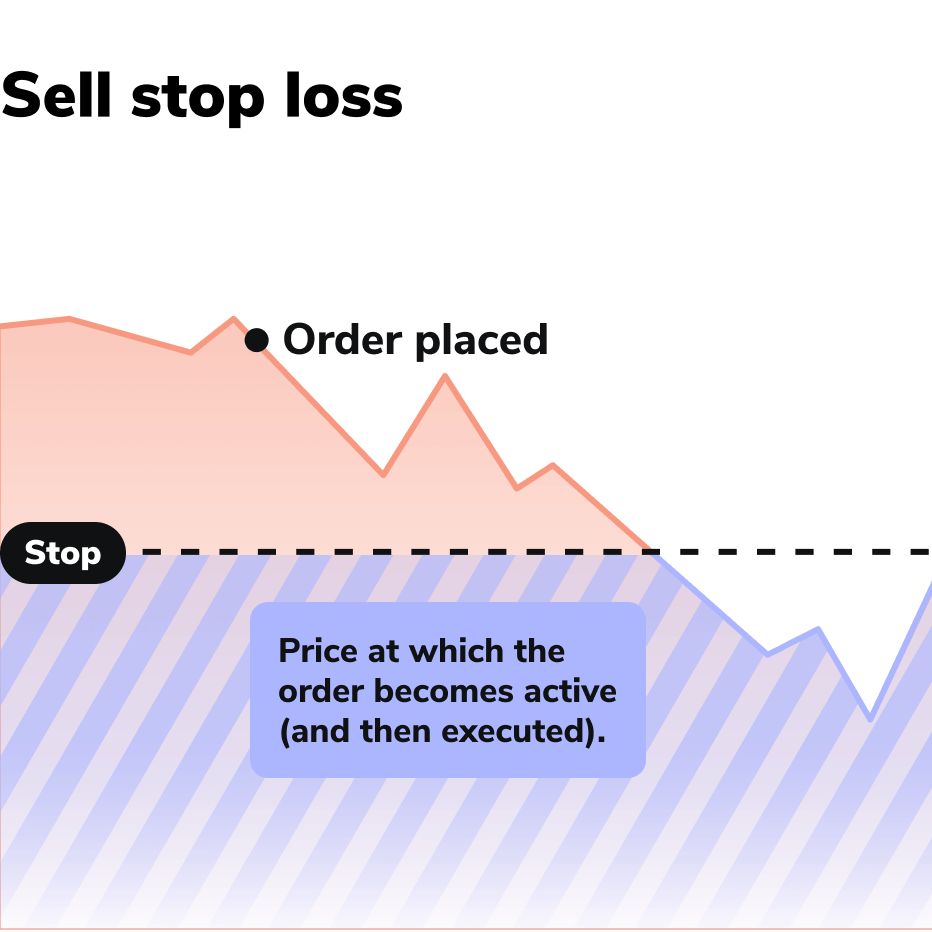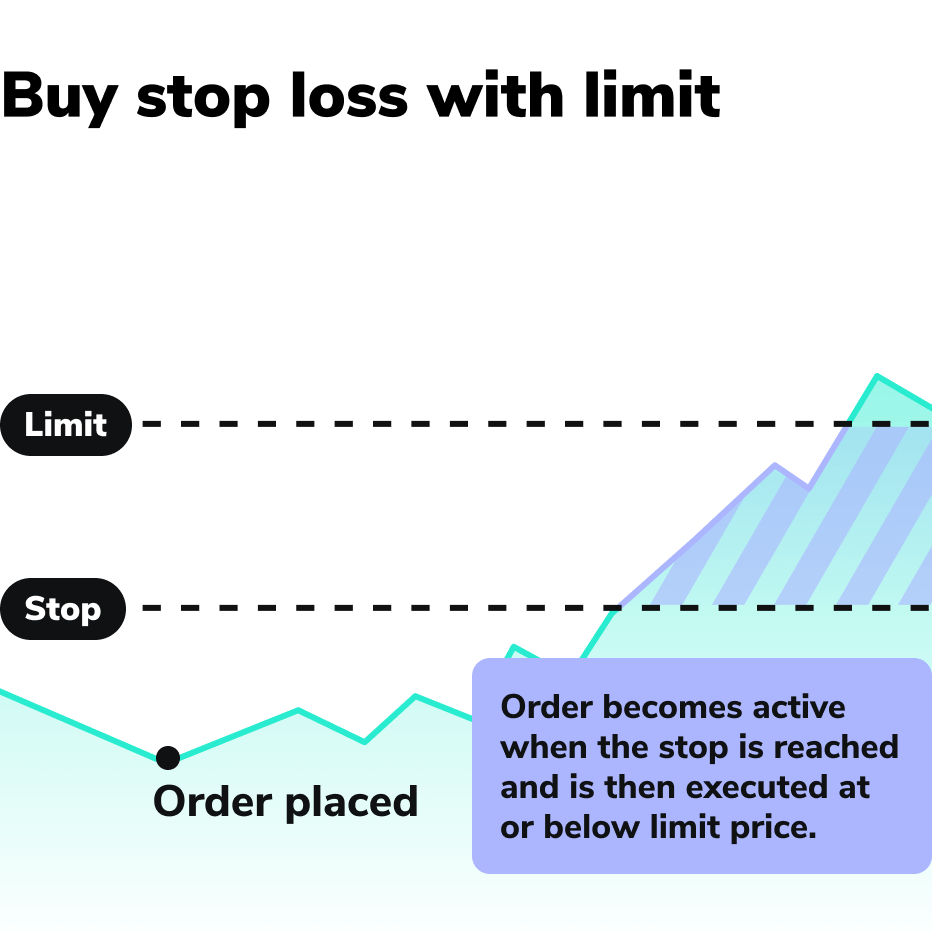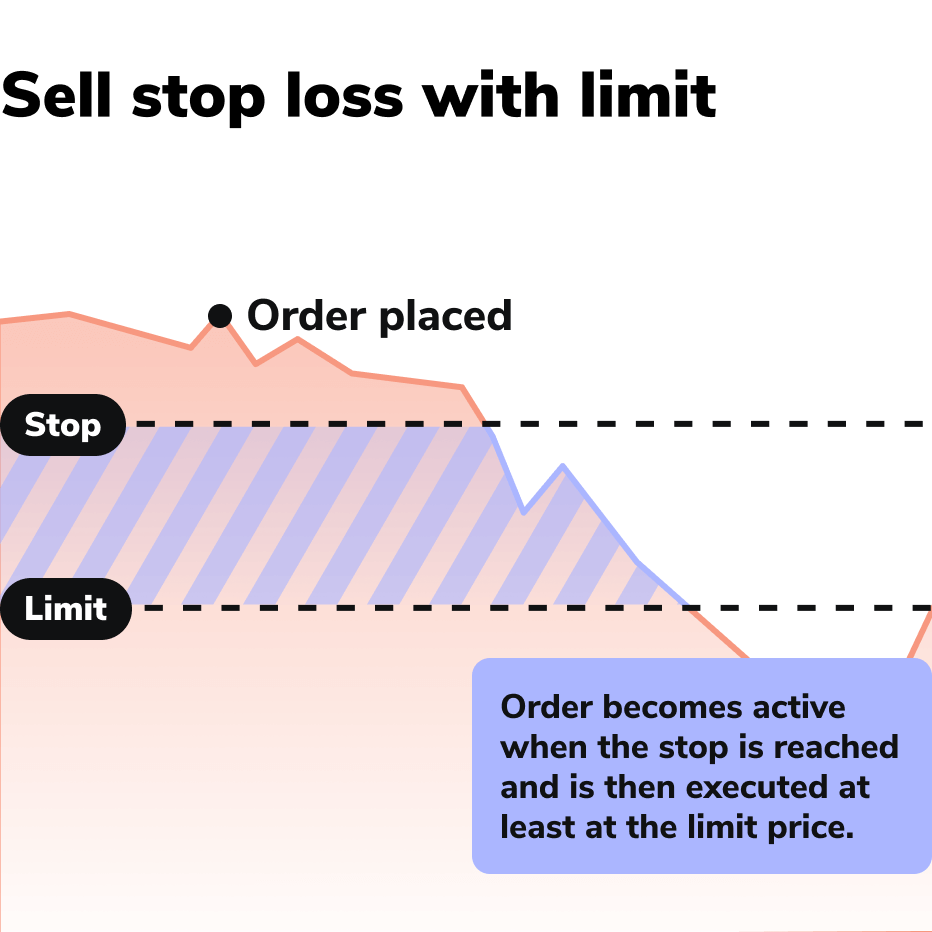
Simply typing in an order volume and pressing "buy" or "sell" is rarely the best option when trading securities. Investors may trade quickly with such market orders, but they may buy too expensively or sell too cheaply. This can be prevented with special order types. They help to monitor and control the portfolio.
Market order
The simplest order type: it is executed during trading hours at the best possible price, i.e. the next available price. A market order is valid on the trading day it is placed.
Useful to...
- To trade at the next available time.
Investors should note that...
- with a market order they are unprotected against sudden price jumps. Particularly in the case of infrequently traded securities or during periods of stress, the price can change significantly between order placement and execution. You then often buy more expensively or sell less expensively than desired.
Limit order
With a limit order, investors trade within a self-imposed limit: they buy a security at no more than the price set by the limit. Or they sell at least at the limit price.


Useful to...
- to hedge against short-term price jumps: Not buying more expensive or selling cheaper than desired.
- to sell automatically in an upward trend when the price reaches a level above the current one and to make profits (selling with a limit).
- to enter only when the price of a security falls back below the current one (buying with limit).
Investors should note that...
- a limit order may only be partially executed or not executed at all during its validity (depending on the broker, for example 360 days) because the price is never within the limit.
- a limit order may be executed immediately if the limit price at the time of the order is above the current price for a buy order and below the current price for a sell order.
Stop order
With a stop order, investors place a conditional market order: This only becomes active when a certain price is reached. This means that they buy at a higher price or sell at a lower price than the price at the time the order was placed. This seems absurd at first, but it can support certain trading strategies. A buy order with a stop is called a stop-buy or start-buy order, a sell order with a stop is usually called a stop-loss order.


Useful to...
- to enter an upward trend by buying. If you observe a security over a longer period of time, which at first hardly moves from the spot, you can buy it by stop order when it reaches a certain price. In chart analysis, so-called resistances are often identified, which a stock price repeatedly approaches, but which it has not yet overcome. A stop can be set, for example, at the level of a resistance. Overcoming a resistance is seen by chart analysts as a signal for a further price increase.
- to limit losses or hedge book profits by selling. If the price of a security continues to rise, the investor remains invested. If the price falls to the defined stop price within the validity of the order (depending on the broker, for example 360 days), the sale is triggered. If you hold a security for a longer period of time and repeatedly place sell orders with a stop just below the current price as the price rises, you hedge part of the book profits made.
Investors should note that...
- a stop order becomes a market order and may therefore be executed immediately if they accidentally set the threshold on the wrong side of the current price - i.e. the stop buy threshold below the current price for a buy or the stop loss threshold above the current price for a sell.
- a stop order may not be fully executed or not executed at all if the stop price is not reached during its validity.
- the order is not entered into the order book until the stop price is reached. This means that it will not be executed exactly at the stop price, but at the next price. For a stop-loss order, for example, this means that in the event of a rapid price slide, the price at which the investor sells may already be well below the stop price.
Stop Limit Order
This order type combines the two previously described ones. That means...
- for a buy: when the stop price is reached (above the current price), the order is placed as a limit order, i.e. it should be executed at the specified limit at the most.
- for a sell: when the stop price (below the current price) is reached, the order is placed as a limit order, i.e. it should be executed at least at or above the specified limit.


Useful to....
- to enter an upward trend by buying, but not at any price.
- to limit losses by selling in a downward trend and to guard against further downward price jumps.
Investors should note that...
- the combination may mean that they do not enter at all when prices are rising very sharply and may not exit at all when prices are falling very sharply. If the price exceeds both the stop price and the limit since the order was placed and remains beyond the limit during the validity of the order, it will not be executed.
Orders are not always executed exactly at the specified price
Anyone who wants to act confidently with the different order types should know:
- An order is not necessarily executed exactly at the specified price. A stop order for a purchase, for example, is executed when the stop price is reached at the market order and thus at the next price. In highly volatile markets, this can be significantly higher than the stop price. An additional limit protects against unwanted price jumps.
- Stops or limits too close to the current price can trigger hasty trades that the investor did not intend. A stop loss very close to the price when the order is placed, for example, can mean that even a small setback leads to selling - even though the upward trend may continue afterwards. If you want to continue to participate, you first have to get back in and, if the price rises quickly, you miss part of the rally.
- In the case of a buy order, the ask price is decisive for the investor; in the case of a sell order, the bid price is decisive.
Bild: Lisheng Chang, unsplash.com
Risk Disclaimer – There are risks associated with investing. The value of your investment may fall or rise. Losses of the capital invested may occur. Past performance, simulations or forecasts are not a reliable indicator of future performance. We do not provide investment, legal and/or tax advice. Should this website contain information on the capital market, financial instruments and/or other topics relevant to investment, this information is intended solely as a general explanation of the investment services provided by companies in our group. Please also read our risk information and terms of use.





